Planned responses and contingency plans for major incidents
Management framework
- Last updated | 25 July 2023
Major incidents are here defined as serious human-caused incidents that are unpredictable and episodic, and can damage or disturb marine biota, including marine mammals. These include oil spills, ship groundings, the sinking of vessels, and outbreaks of invasive species, all of which may impact marine mammals.
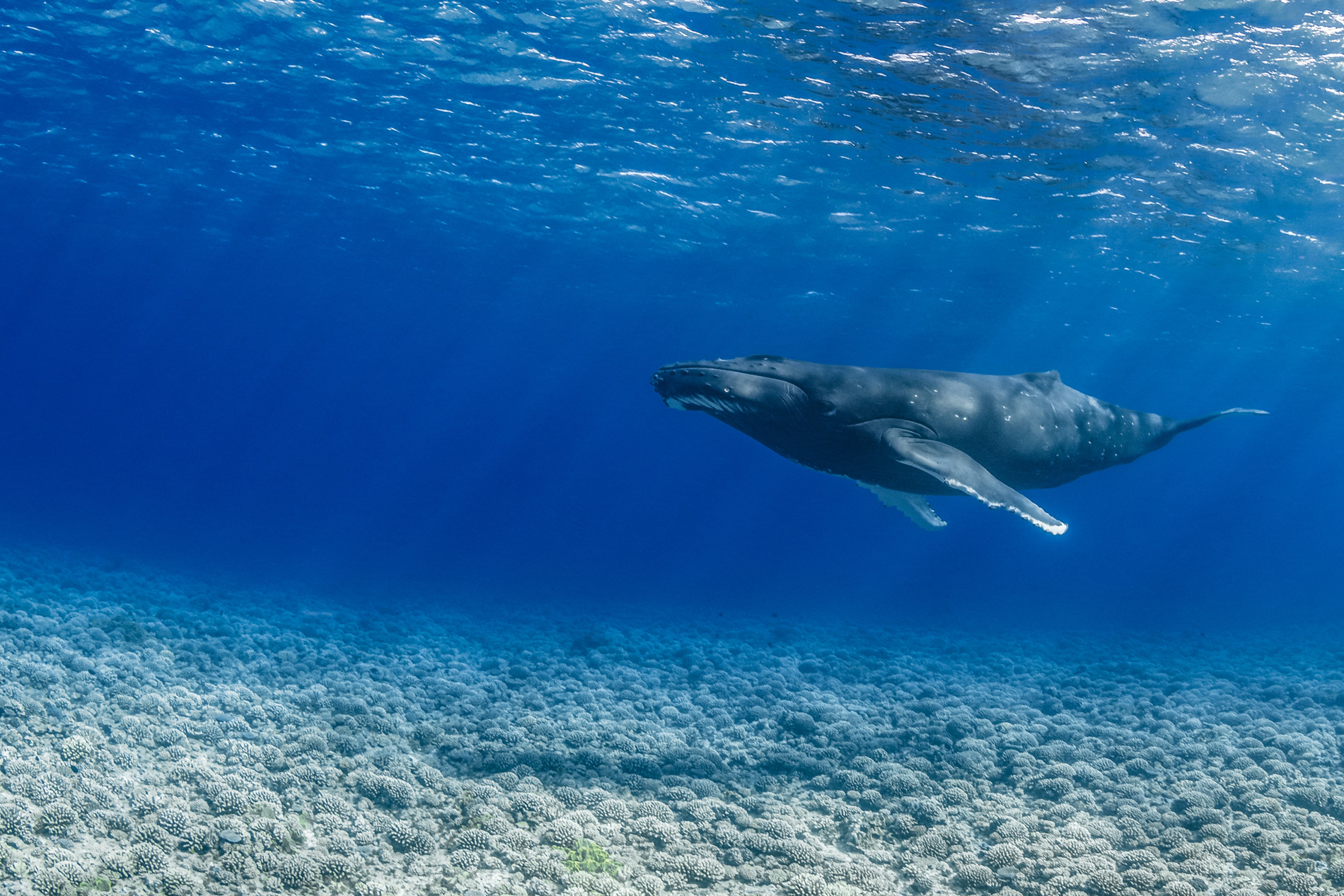
Oil spills are known to pose significant risks to sea otters and various species of pinniped that rely on fur for insulation and bioaccumulation. Ingestion of oil poses a risk to cetaceans that occupy nearshore waters such as coastal dolphins, while all marine mammal species might experience behavioural disturbance from the slick or by clean-up operations [1].
Ship groundings may directly damage the benthos and suspend sediment in the water column and may impact seagrass beds [2]. This is particularly relevant for dugong and manatee, which rely on seagrass beds for feeding. Ship groundings, as well as sunken vessels, may also result in the leakage of fuel oil [3].
Invasive species outbreaks have the potential to cause cascading effects to ecosystems, and potentially affect cetaceans such as dolphins [4].
While the risk of major incidents cannot be completely eliminated by MPA management, strategies such as carefully locating shipping channels, enforcing the use of shipping channels (through AIS tracking), pilotage regulations and training, and rules for dealing with ballast water [5]. Early detection of invasive species within an MPA may involve targeted surveys and cooperation with community groups or tourist operators [6].
The capacity to deal with major oil spills, ship groundings or sunken vessels is often within national plans, rather than an MPA management plan. However, MPA management, as part of an effective response, should work closely with other relevant government agencies by providing logistical and organisational support, and providing valuable local knowledge regarding local infrastructure and personnel, and details of natural resources and their vulnerability. For example, in the case of an oil spill in the Great Barrier Reef, Maritime Safely Queensland will lead the response with the cooperation of GBRMPA and other agencies. MPA management in this case provides important local information and can coordinate follow-up monitoring [7].
Further, within a national or regional plan to respond to major incidents, or within an MPA plan, the specific responsibilities of and coordination between MPA management and other agencies should be explicitly stated to allow the most effective, timely response. The plan should allow for rapid permitting procedures within the park to allow a fast and appropriate response to the incident, including for the rescue and treatment of affected marine mammals.
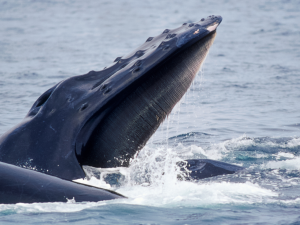
A Partnership for Cleaner Air, Safer Whales, and a Quieter Ocean Protecting Blue Whales and Blue Skies is a voluntary Vessel Speed Reduction (VSR) Program
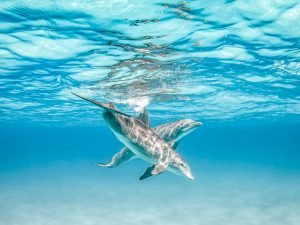
Mapping the home waters of manatees, polar bears and the critically endangered North Atlantic right whales and Rice’s whales New Candidate Important Marine Mammal Areas
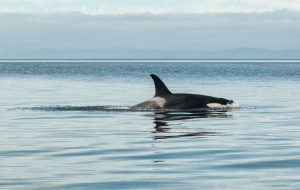
Concerns raised for endangered species and habitats in the North East Atlantic Ocean and Baltic Sea 27th February 2024 – The IUCN Marine Mammal Protected
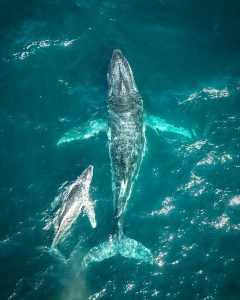
New webinar announced showcasing a new monitoring technique to monitor whales and other wildlife species from space – BioConsult’s new service SPACEWHALE counts whales and
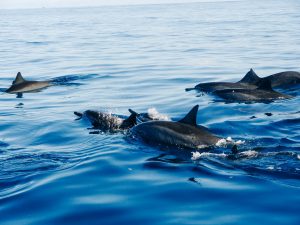
The Marine Mammals Management Toolkit releases its 2020 – 2023 Impact Report, marking the conclusion of the EU-funded Ocean Governance project. Since the Marine Mammal
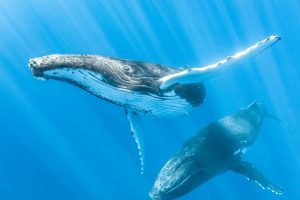
Samarkand, 12 February 2024 – The first-ever State of the World’s Migratory Species report was launched today by the Convention on the Conservation of Migratory
If you would like to get in contact with us, please use the button below.
Copyright 2022 © All rights Reserved. Design by piknetart.com